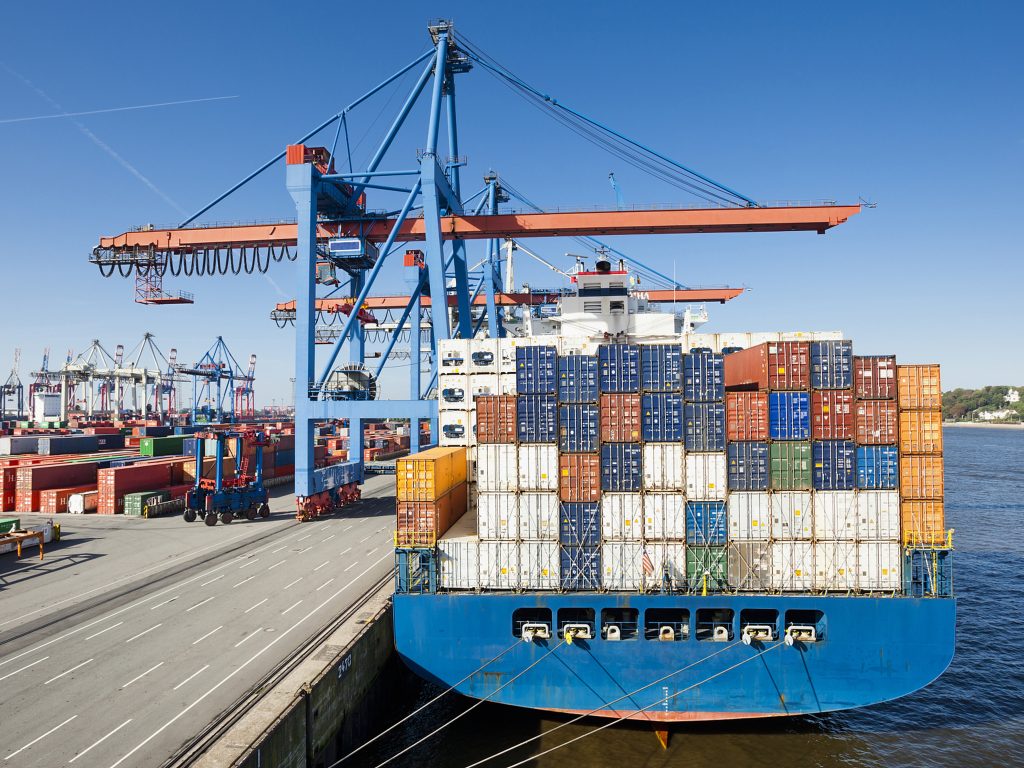
Exporting temperature-sensitive goods from China requires specialized expertise to ensure product integrity, regulatory compliance, and seamless delivery. As a leader in China reefer freight forwarding, professional logistics providers specialize in managing cold chain shipments for pharmaceuticals, perishable foods, chemicals, and high-value electronics. This guide explores the complexities of cold chain logistics, key considerations for shipping refrigerated cargo from China, and how partnering with a trusted freight forwarder ensures efficiency and reliability.
- The Importance of Cold Chain Logistics
Cold chain logistics involves maintaining controlled temperatures throughout the transportation process to preserve product quality. For China-based exporters, this is critical for:
- Pharmaceuticals: Vaccines, biologics, and medications requiring strict temperature ranges (e.g., 2–8°C).
- Perishable Foods: Seafood, fruits, and dairy products needing frozen or chilled conditions.
- Industrial Goods: Electronics and precision instruments sensitive to humidity or temperature fluctuations.
A specialized China reefer freight forwarder ensures compliance with international safety standards (e.g., GDP, WHO guidelines) and minimizes risks of spoilage, contamination, or cargo loss.
- Shipping Methods for Temperature-Sensitive Cargo
Selecting the right transportation mode is vital for balancing cost, speed, and temperature control: Air Freight
- Pros: Fastest option (5–8 days), ideal for urgent shipments like pharmaceuticals.
- Cons: Higher costs; limited cargo space for large volumes.
- Key Considerations:
- Use dedicated reefer containers with real-time temperature monitoring.
- Ensure airlines comply with IATA temperature classification standards. Ocean Freight
- Pros: Cost-effective for bulk shipments; 25–40 days via main trade routes.
- Cons: Requires robust packaging and temperature stability during transshipment.
- Key Considerations:
- Choose refrigerated containers (Reefer Vans) with continuous power supply.
- Opt for direct routes to avoid delays at intermediate ports. Multimodal Transport
- Combines ocean/air freight with road transport for door-to-door delivery.
- Ideal for regional markets like Southeast Asia or Europe.
- Customs Compliance and Documentation
Cold chain shipments face stringent customs scrutiny. Key requirements include:
- Commercial Invoice: Detailed item descriptions, value, and harmonized system (HS) codes.
- Bill of Lading (B/L): Specifies cargo type, temperature requirements, and container details.
- Phytosanitary Certificate: Required for agricultural or food products.
- Temperature Logs: Electronic records proving compliance with required ranges.
- Health Certificates: Mandatory for pharmaceuticals and medical devices.
A specialized China reefer freight forwarder manages customs filings, HS code classification, and ensures documentation aligns with destination country regulations (e.g., FDA in the U.S., EU MDR).
- Challenges and Solutions for Cold Chain Shipments
A. Temperature Deviations
- Risk: Even minor temperature fluctuations can damage sensitive cargo.
- Solution: Use IoT-enabled reefer containers with real-time monitoring and alarms. Partner with forwarders offering redundant power backups. B. Packaging Limitations
- Risk: Poor packaging leads to condensation or temperature loss.
- Solution: Invest in customized insulated packaging and dry ice/phase-change materials. C. Regulatory Compliance
- Risk: Non-compliance with destination country standards (e.g., EU FMD for pharmaceuticals).
- Solution: Engage forwarders familiar with regional regulations and pre-clear shipments electronically.
- Key Services Offered by China Reefer Freight Forwarders
A trusted partner provides end-to-end cold chain solutions:
- Temperature-Controlled Logistics: Manages reefer container booking, route optimization, and real-time tracking.
- Customs Brokerage: Streamlines HS code classification, duty payments, and health certificate approvals.
- Packaging Solutions: Designs compliant insulation, labeling, and moisture-proofing.
- Risk Mitigation: Offers cargo insurance and contingency plans for port strikes or weather disruptions.
- Cost Considerations
Cold chain shipping costs vary by mode, cargo type, and route:
- Freight Forwarding Fees: Typically 8–15% of shipment value, reflecting specialized handling.
- Ocean Freight: Includes reefer container rental ($1,500–$3,000/day) and fuel surcharges.
- Air Freight: Higher premiums (2–3x ocean rates) but faster transit.
- Inland Transportation: Costs depend on distance and last-mile delivery requirements.
Request a detailed quote to compare options and avoid hidden fees.
- Frequently Asked Questions
Q: How do I ensure temperature compliance during transit?
A: Use IoT-enabled containers, pre-approve routes with carriers, and partner with forwarders offering 24/7 monitoring.
Q: What certifications are required for pharmaceutical shipments?
A: GDP compliance, WHO GDP certification, and FDA approval for U.S. imports.
Q: Can I ship frozen seafood to Europe via ocean freight?
A: Yes, but use reefer containers with -18°C capacity and validate schedules to avoid delays at ports like Rotterdam.
Q: How are damaged shipments handled?
A: Cargo insurance covers losses, and forwarders conduct root-cause analyses to prevent future issues.
Conclusion
China’s role as a global manufacturing hub makes it a critical player in cold chain logistics. However, navigating temperature-sensitive shipping requires expertise in regulated markets, advanced container technology, and proactive risk management. By partnering with a China reefer freight forwarder, businesses gain access to streamlined compliance, cost-efficient routing, and reliable delivery—ensuring their products arrive intact and compliant worldwide.
Optimize Your Cold Chain Logistics Today
Focus on production while experts handle the complexities of temperature-controlled shipping. From FDA approvals to real-time monitoring, a specialized freight forwarder guarantees success in global markets.






